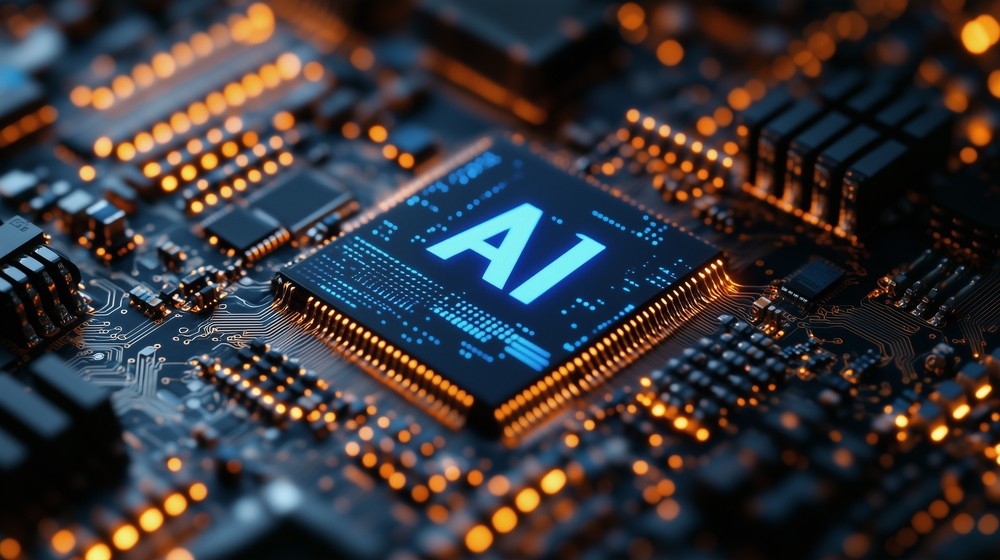Artificial intelligence (AI) has become a transformative force across various sectors, and its influence is increasingly visible in our everyday lives, especially in the realm of home devices. From smart thermostats to intelligent refrigerators, AI is revolutionizing how we interact with the devices we use daily. This transformation is characterized by enhanced convenience, energy efficiency, and the ability to anticipate human needs, thereby making our homes smarter and more connected.
The Smart Home Revolution
The concept of a smart home largely hinges on the integration of AI technologies into everyday devices, allowing them to function autonomously and interactively. This technological evolution facilitates an environment where devices can respond to voice commands, identify usage patterns, and even perform tasks independently.
Smart speakers, such as Amazon Alexa, Google Home, and Apple HomePod, epitomize this trend. Initially designed as voice-activated music platforms, these devices have evolved into central hubs capable of controlling other smart devices around the home. By integrating AI, these smart speakers can perform tasks like setting alarms, controlling lights, providing weather updates, and even making shopping lists. This functionality is only possible because of AI’s ability to process natural language and its capacity to learn from user interactions.
Enhancing Energy Efficiency
AI-powered home devices promise significant reductions in energy consumption, contributing to more sustainable living. Smart thermostats, for instance, exemplify how AI aids in optimizing energy usage. Devices like the Nest Learning Thermostat learn from household behaviors and adjust the temperature based on routines, thereby ensuring efficient energy use. These thermostats use AI algorithms to predict when homeowners are likely to be at home or away and adjust the heating or cooling accordingly, minimizing energy waste.
Moreover, AI aids in the management of energy-consuming devices by providing insights into usage patterns and suggesting energy-saving tips. This technology is particularly beneficial in contemporary homes that rely on solar energy, as AI systems can optimize the use of solar power and store it effectively.
Improving Security and Safety
One of the most critical aspects of AI in home devices is its contribution to enhancing security and safety. Smart security systems equipped with AI capabilities can recognize faces, detect unusual activities, and even alert homeowners of potential security breaches. These systems use machine learning algorithms to differentiate between familiar faces and strangers, significantly reducing false alarms.
AI-enhanced cameras and security systems can learn typical movement patterns within the household and alert residents to any anomalies. For instance, if a window is usually open during the day, but remains closed for an extended period, the system might infer something amiss and send a notification. Additionally, incorporating AI into fire and gas detectors transforms these devices into predictive tools that can foresee potential hazards before they become critical, thereby ensuring a proactive approach to safety.
Personalizing the User Experience
AI allows home devices to provide personalized experiences that cater specifically to individual user preferences. This personalization is evident in smart lighting systems that adjust the lighting based on your mood or activity, creating the ideal environment for relaxation or productivity.
Similarly, intelligent coffee machines can brew your coffee at the perfect strength and temperature, learning from your previous choices to serve your preferred morning routine. AI also enhances entertainment systems by curating content suggestions tailored to your tastes, based on your viewing history and preferences.
Refrigerators, too, have not been left out of the AI revolution. Modern smart refrigerators can suggest recipes based on the ingredients they have inside. They can notify you when food items are running low or approaching their expiration date, even ordering groceries on your behalf if integrated with online shopping platforms. Such capabilities underscore AI’s potential to streamline daily tasks, saving time and reducing food waste.
The Role of AI in Maintenance and Troubleshooting
Maintenance and troubleshooting are crucial in ensuring the longevity and optimal performance of home devices. AI plays a pivotal role here by predicting faults and addressing them before they become significant issues. For instance, an AI-enabled washing machine can analyze its operating conditions and inform the user when specific parts need maintenance. This predictive capability minimizes downtime and prevents costly repairs, ensuring the machine remains operational for more extended periods.
AI sensors and diagnostics are also employed in heating and cooling systems, evaluating their efficiency and alerting homeowners to any inefficiencies or potential breakdowns. Such proactive measures not only extend the lifespan of devices but also contribute to cost savings by preventing avoidable repairs.
AI-Driven Health and Wellness Devices
AI’s impact extends beyond convenience and energy efficiency, reaching into the realm of health and wellness. Smart home devices that monitor health metrics are increasingly commonplace. Devices like the Withings Sleep Analyzer can track sleep patterns and provide insights into improving sleep quality, while AI-powered scales offer personalized weight loss or fitness plans based on individual goals.
Moreover, air purifiers equipped with AI analyze air quality in real time and adjust their settings to maintain healthy living environments. Such devices can detect and eliminate pollutants, allergens, and toxins, enhancing the overall health of the household.
Challenges and Considerations
While AI offers numerous advantages, its integration into home devices is not without challenges. Privacy concerns are among the most significant issues, as smart devices often collect vast amounts of personal data to improve their functionality. Ensuring this data is securely stored and managed is paramount to maintaining user trust.
There is also the challenge of interoperability, where devices from different manufacturers may not communicate seamlessly with one another. Ensuring compatibility and cohesive functioning across various AI-enhanced devices is needed for a truly smart home.
Additionally, while AI has advanced significantly, it is not infallible and can sometimes misinterpret user requests or make errors. Continuous updates and improvements are vital to refining these technologies and maximizing their potential.
Finally, there is the question of accessibility and affordability. As with many technological advancements, the initial costs associated with AI-enabled home devices can be prohibitive for some, potentially creating a divide between those who can and cannot access these innovations.
AI has undoubtedly begun to reshape the landscape of everyday home devices, infusing them with intelligence and responsiveness that enhance convenience, efficiency, and personalization. Through continuous improvements and an increasing focus on security and sustainability, AI in home devices holds the promise of transforming our living environments in unprecedented ways. As these technologies evolve, they will likely become increasingly essential components of our daily lives, offering solutions to both age-old and modern problems through the power of artificial intelligence.



